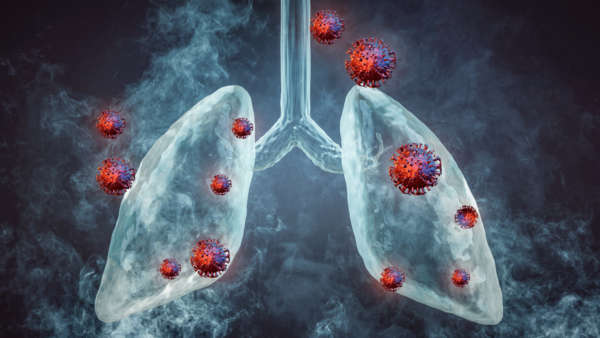As established, cigarette smoking remains the leading cause of lung cancer globally. In India, tobacco smoking tragically claims an estimated 1.2 to 1.3 million lives annually. Both firsthand and secondhand smoke are harmful, highlighting the dangers of passive exposure. Interestingly, research indicates that secondhand smoke might even be more detrimental due to the absence of filtration present in cigarettes. This emphasizes that the risk affects more than just the smoker.
The danger of air pollution is its omnipresence. The 70 carcinogens in cigarette smoke are also in polluted air, making their impact unavoidable. India grapples with severe air quality issues, particularly in urban centers. A 2020 study published in the journal “Chest” found a direct correlation between long-term exposure to air pollution and a heightened risk of lung cancer. This existing vulnerability to lung ailments in the Indian population makes the potential dangers of vaping even more concerning.

Image: CANVA
Vaping, often marketed as a “healthier” alternative to smoking, presents a different set of challenges. Unlike cigarettes, e-cigarettes and vaping devices lack long-term safety data. The chemicals used in vaping liquids, while potentially less harmful than those in cigarettes, are not entirely risk-free. Studies have shown evidence of severe respiratory damage within a relatively short timeframe of 5 to 10 years of vaping. These initial changes in lung tissue, though not conclusive proof of cancer development, raise a red flag and warrant further investigation.
The recent emergence of research suggesting a link between vaping and lung cancer adds another layer of complexity. A 2024 study from Seoul National University found a higher incidence of lung cancer in former smokers who switched to vaping compared to those who quit entirely. Similarly, a March 2024 study revealed DNA alterations in the mouth cells of vapers, mirroring changes observed in smokers with a higher risk of lung cancer.
While these findings don’t definitively prove causation, they paint a concerning picture and highlight the need for long-term studies to fully understand the consequences of vaping.
The potential impact on Gen Z, a generation heavily invested in vaping, is particularly worrisome. Easy accessibility, flavored e-liquids, and the misconception of vaping as harmless all contribute to a worrying rise in its use. This, coupled with India’s existing air pollution burden, creates a perfect storm for potential lung cancer cases in the future.

Image: CANVA
Addressing this issue requires a multi-pronged approach. Strengthening regulations on vaping liquids and devices is crucial. Age restrictions, similar to those implemented for cigarettes, can help prevent underage vaping. Public awareness campaigns that emphasize the potential health risks, debunk myths surrounding vaping, and highlight the dangers of secondhand exposure are essential. Additionally, investing in cleaner air initiatives and stricter pollution control measures are vital steps towards protecting the nation’s lung health.
In conclusion, the potential link between vaping and lung cancer, especially within the context of India’s existing air pollution challenges, necessitates immediate action. By adopting stricter regulations on vaping products, prioritizing public health campaigns, and focusing on cleaner air initiatives, we can safeguard the health of Gen Z and future generations from the shadow of lung cancer. This proactive approach will make the air we breathe life-giving, not disease-causing.
(Dr. Arvind Kumar, Chairman, Lung Transplant, Medanta, Gurugram)






